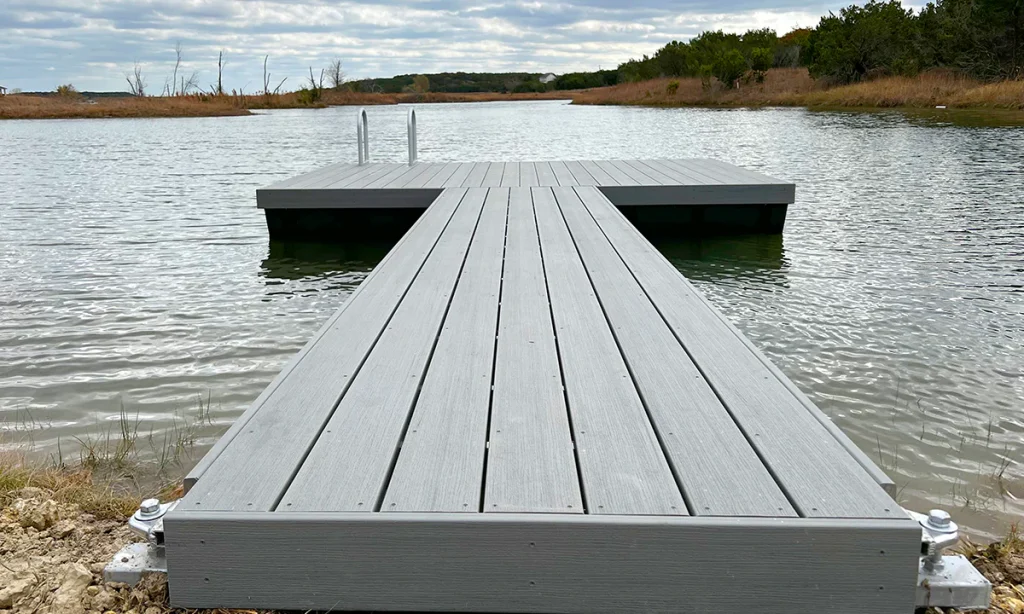How to Build a Durable Floating Dock for Waterfront Property?
Building a durable floating dock for your waterfront property can greatly enhance its functionality and value, whether for boating, fishing, or simply enjoying time by the water. A well-constructed floating dock can withstand harsh weather conditions and offer stability and longevity, requiring careful planning, quality materials, and proper assembly. Here’s a step-by-step guide to help you create a dock that lasts.
Choosing the Right Materials
The materials you choose are critical to the dock’s durability. Use high-quality, pressure-treated wood for the frame and decking. Pressure-treated wood is resistant to rot and decay, which is essential in a constantly moist environment. Alternatives like composite decking, though more expensive, offer even greater longevity with minimal maintenance.
Frame Construction
The frame is the backbone of your hiseadock. Construct the frame using heavy-duty, galvanized steel or marine-grade aluminum brackets to avoid rust and corrosion. These materials can endure the elements better than regular steel. The wood used for framing should be thick enough to handle the stress of floating and holding weight without warping over time—typically, 2×6 or 2×8 boards are ideal. The frame should be securely fastened together using weather-resistant bolts and screws rather than nails, as nails tend to loosen over time in such environments.

Attaching the Floats
Attaching the floats to the frame is a critical step in ensuring the dock remains buoyant and stable. If you are using plastic barrels, place them evenly under the frame and securely fasten them with sturdy straps or metal brackets. Prefabricated dock floats typically come with pre-drilled holes or slots for easy attachment. Make sure the floats are positioned to balance the weight of the dock and any added loads, such as people or equipment, distributing them evenly across the frame. The number of floats you will need will depend on the size of your dock, with larger docks requiring more floatation to maintain stability.
Decking the Dock
Once the frame and floats are securely in place, it is time to install the decking. Lay the boards across the frame, leaving small gaps between them to allow for water drainage and expansion during temperature fluctuations. Secure the boards using stainless steel screws to prevent rust, and ensure that the decking is level. If you are using composite decking, follow the manufacturer’s guidelines for installation, as these materials can have different expansion and fastening requirements than wood.
Anchoring the Dock
A floating dock needs to be anchored securely to prevent it from drifting in strong winds or currents. Use heavy-duty anchors or piling systems to keep it in place. Anchors can be made of concrete blocks, or you can use commercially available dock anchors.
Final Touches
Consider adding features like handrails, cleats for tying boats, and bumpers to protect both the floating dock and any vessels. Applying a weatherproof sealant to the wood will extend its life, keeping it resistant to water and sun damage. Regular inspection and maintenance will keep your dock in top shape for years to come.
By following these steps and using high-quality materials, you can build a durable floating dock that adds value and functionality to your waterfront property for years of enjoyment.
